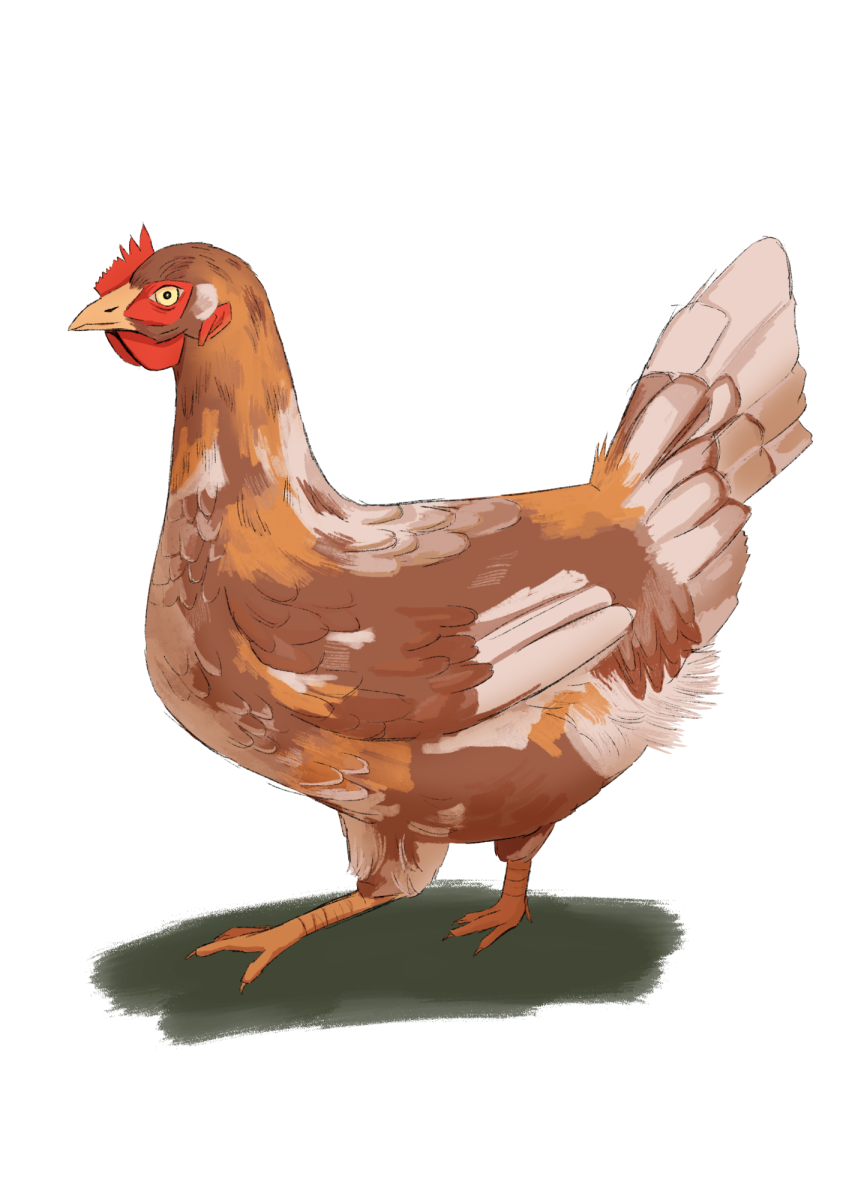Over the last few years, H5N1, known as avian influenza or bird flu, has been worsening, and while it mainly spreads among birds, it may also infect humans and other animals. As of Friday, Jan. 31, 2025, there have only been 67 confirmed human cases of bird flu in the U.S., with one death in Louisiana reported in early January 2025. According to the CDC, avian flu does not currently spread through person-to-person contact. Instead, bird flu is spread through close unprotected contact with infected animals and their saliva, mucus and feces, contaminated surfaces and inhalation of droplets or dust carrying the virus.
While wild birds are the primary spreaders of avian flu, poultry flocks are more vulnerable to getting sick and dying from illness, which impacts egg supply chains. There have also been reports of outbreaks among dairy cattle in 16 states. As of mid-January 2025, bird flu has been detected in 10,969 wild birds, with over 133 million poultry and 928 dairy herds affected across the U.S. Tens of millions of hens have died from bird flu in the past year alone. There have even been cats affected by bird flu, with one pet feline passing away in December after consuming raw, infected pet food.
Ways to stay safe include avoiding direct contact with wild or sick birds and avoiding the consumption of raw milk. Workers exposed to infected animals should use protective gear to avoid physical contact and maintain hygiene by washing hands thoroughly and frequently.
In the Bay Area, FHS students and staff remain largely unaffected by the avian flu outbreak. However, the loss of laying hens has put a strain on egg suppliers, resulting in increased egg prices due to reduced supply while demand remains high.
“Going to the store and trying to buy groceries, I noticed that eggs are harder to come by now,” FHS social studies and AVID teacher Curtis Lee said. “But other than that it hasn’t really impacted my life in a noticeable way.”
The general consensus is that bird flu does not pose any real threat to local residents, especially as people in the Bay Area are mostly not involved on farms where there could be potential exposure to sick animals. FHS senior Nikita Berevoescu agrees that there are minimal effects of avian flu on lives at FHS.
“I don’t feel like it’s really affected me that much, thankfully,” Berevoescu said. “I try to keep safe in terms of different health issues, but I don’t feel like bird flu specifically affects me.”
However, different students may have different levels of paranoia surrounding such outbreaks, in particular after COVID, although general anxiety around bird flu seems to be minimal at FHS. Lee acknowledged the health precautions some students have taken in the years since quarantine.
“I think post-COVID, students will start wearing masks and do different things that they feel protect themselves, but it’s not anything that I have seen a big change since avian flu has started,” Lee said.
While avian flu is capable of mutating to adapt to different hosts, the likelihood of it becoming more dangerous to humans is very low. FHS physics teacher Andree Heyneman reflected on potential outcomes and what FHS can do to help keep students up to date with bird flu and other health news.
“I think the bigger priority is just making sure students understand communicable diseases and how they’re spread,” Heyneman said. “Bird flu could be discussed as part of that, but I think that [it’s unnecessary given] how unlikely it is to be passed to humans. […] I suppose if it were to be able to mutate and there’s new strains that are more easily passed to humans, and there’s evidence to support that we’re at a higher risk then I would probably think differently, but nothing yet.”
Despite the low public health risk, the CDC is monitoring bird flu carefully as the situation progresses.
“Keep up to date with what is going on with the news, follow local guidelines and just do what you think is best for yourself and your own safety,” Lee said.









